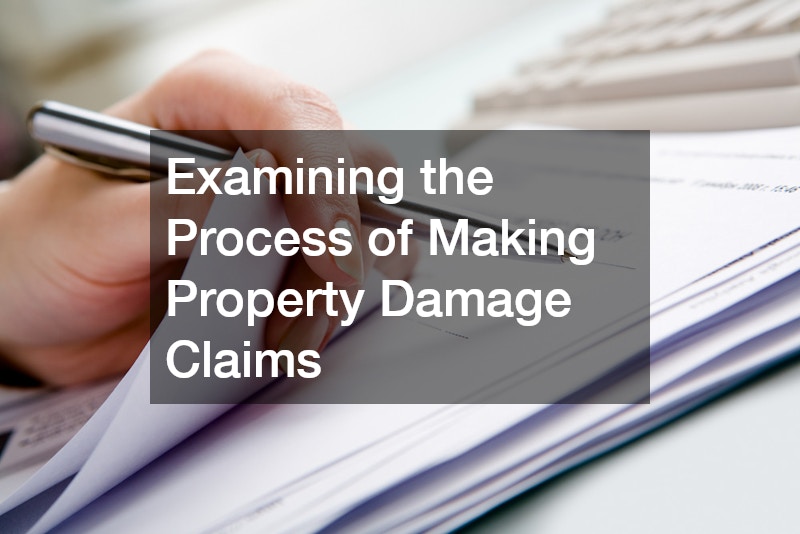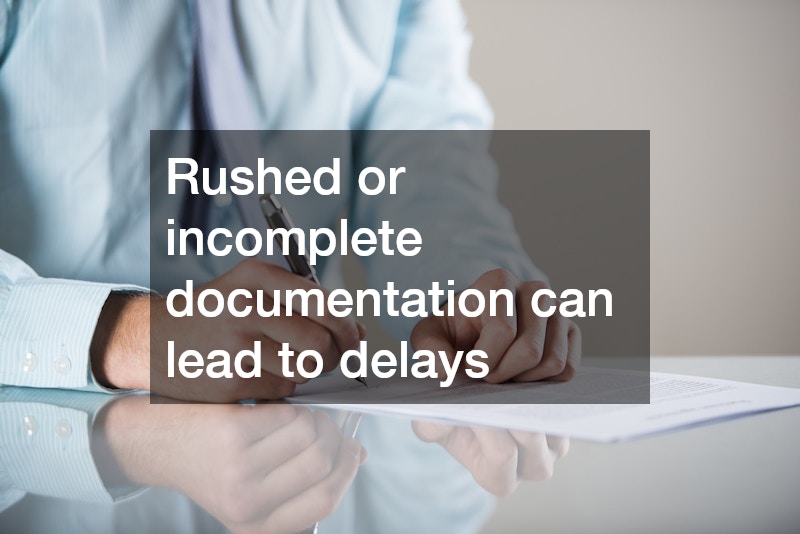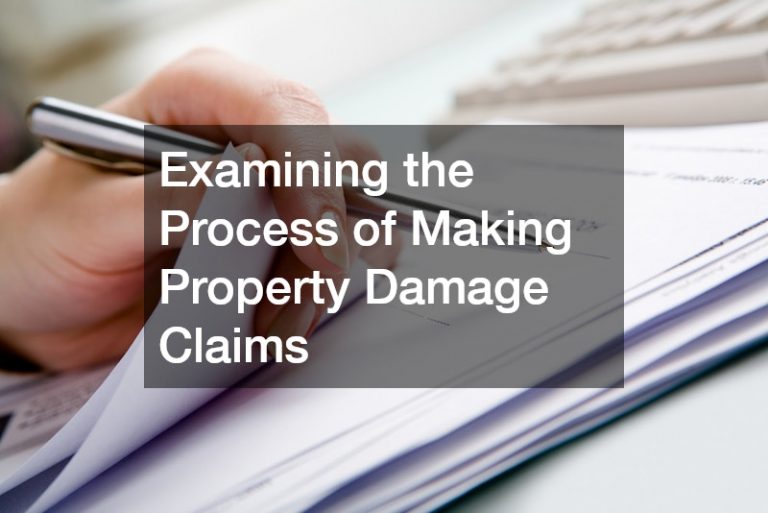

There are multiple steps involved in making property damage claims, and understanding insights into the process, tips for success, and answers to frequently asked questions can help clarify them for property owners.
Steps to Take Immediately After Property Damage Occurs
In the wake of any incident that results in property damage, the immediate steps you take can significantly influence the outcome of your claim. First, ensure that you and any others involved are safe.
If the situation is dangerous, prioritize calling emergency services to address immediate threats. Assessing the situation critically in these first moments allows for necessary protective measures to be taken.
Once safety is ensured, begin documenting the damage thoroughly. Use your smartphone or a digital camera to take clear, detailed photos of the affected areas and items from various angles. This visual evidence will be invaluable when you file your claim. Written notes about what occurred, the time of the incident, and any witnesses present can augment your documentation, providing a comprehensive view of the damage.
Finally, notify your insurance company as soon as possible. Most policies require prompt notification of incidents leading to claims. When reaching out, be prepared to provide basic information about the incident, including your policy number, the nature of the damage, and the steps you have already taken. Doing so demonstrates responsibility and initiates the claims process effectively.
Property Damage Claim Filing
Filing a property damage claim is a structured process that requires careful attention to detail. Begin by gathering all necessary information regarding your insurance coverage. Each policy may have different requirements; understanding your specific policy can clarify what is covered and the claims process. Being informed before you begin filing can save time and effort down the line.
After familiarizing yourself with the policy details, you can start the formal filing process. Contact your insurance company to obtain the claim forms, or access them via their website if available. Fill out these forms accurately, neatly, and completely, as incomplete information can delay the processing of your claim significantly.
In your submission, include all required documentation, such as your photos, notes, and any estimates for repair costs. Some companies may also request additional forms or information pertaining to the incident. Be proactive in communicating with your claims adjuster and supply any further information as requested to expedite the processing of your claim.
Information Necessary for a Successful Claim
To ensure that your property damage claim is successful, it’s important to compile a comprehensive set of documents and information. Start with a copy of your insurance policy. This document outlines your coverage limits, deductibles, and specific provisions that apply to property damage, which will help you understand what you should be claiming.
Next, gather physical evidence of the damage. This includes detailed photographs of the affected areas, any relevant transactions, or invoices that demonstrate the prior condition and value. Additionally, keep copies of correspondence with your insurance representative, as well as any estimates for repairs or replacements, to further support your claim.
Finally, prepare a narrative explaining the events that led to the damage. This should include a timeline of the events and details about how the damage occurred. Supporting your claim with accurate and timely documentation is crucial, as it demonstrates your diligence and helps establish the validity of your claim.
Timelines for the Claims Process
The timeline for processing property damage claims can vary significantly based on several factors, including the complexity of the claim and the insurance company’s practices. Generally, most claims can take anywhere from a few weeks to several months to resolve. Simpler claims often see quicker resolutions, while complex claims may necessitate additional investigations or documentation.
One central factor affecting claim processing times is the responsiveness of both the claimant and the insurance provider. Timely submission of requested information can significantly shorten the process. Conversely, delays in providing information or a backlog at the insurance company can extend the timeframe before your claim is fully processed and resolved.
Additionally, the nature of the damage itself can influence the timeline. For example, claims involving significant property loss or unique circumstances may require more detailed assessments and evaluations, which can lead to longer investigations. It’s beneficial to remain patient and maintain open communication with your insurer during this waiting period for smooth operations.
Common Mistakes to Avoid When Filing
A common hurdle in the property damage claims process is not being thorough in documenting the damage. Therefore, it’s crucial to ensure that your evidence is comprehensive and well-organized before submission. Rushed or incomplete documentation can lead to delays, disputes, or even denials of your claim.
Another frequent mistake occurs when claimants fail to review their insurance policies carefully. A lack of understanding regarding coverage limits, exclusions, and required documentation can lead to accidental omissions when filing. Take the time to read your policy thoroughly to fully grasp what is included and how best to navigate the claims process.
Additionally, one should avoid delaying communication with the insurance company. Promptly reporting the damage initiates the claims process and conveys to the insurer that you are serious about addressing the issue. This also allows you to adapt your strategy as necessary, based on the insurer’s guidelines and suggestions.
Understanding the process of making property damage claims is crucial for ensuring that your rights are protected and that you receive fair compensation for your losses. By taking immediate action, filing systematically, gathering necessary information, and avoiding common pitfalls, you can navigate the complex claims landscape with greater ease and confidence. Protect your property and investment by arming yourself with knowledge and preparedness in the event of damage.




